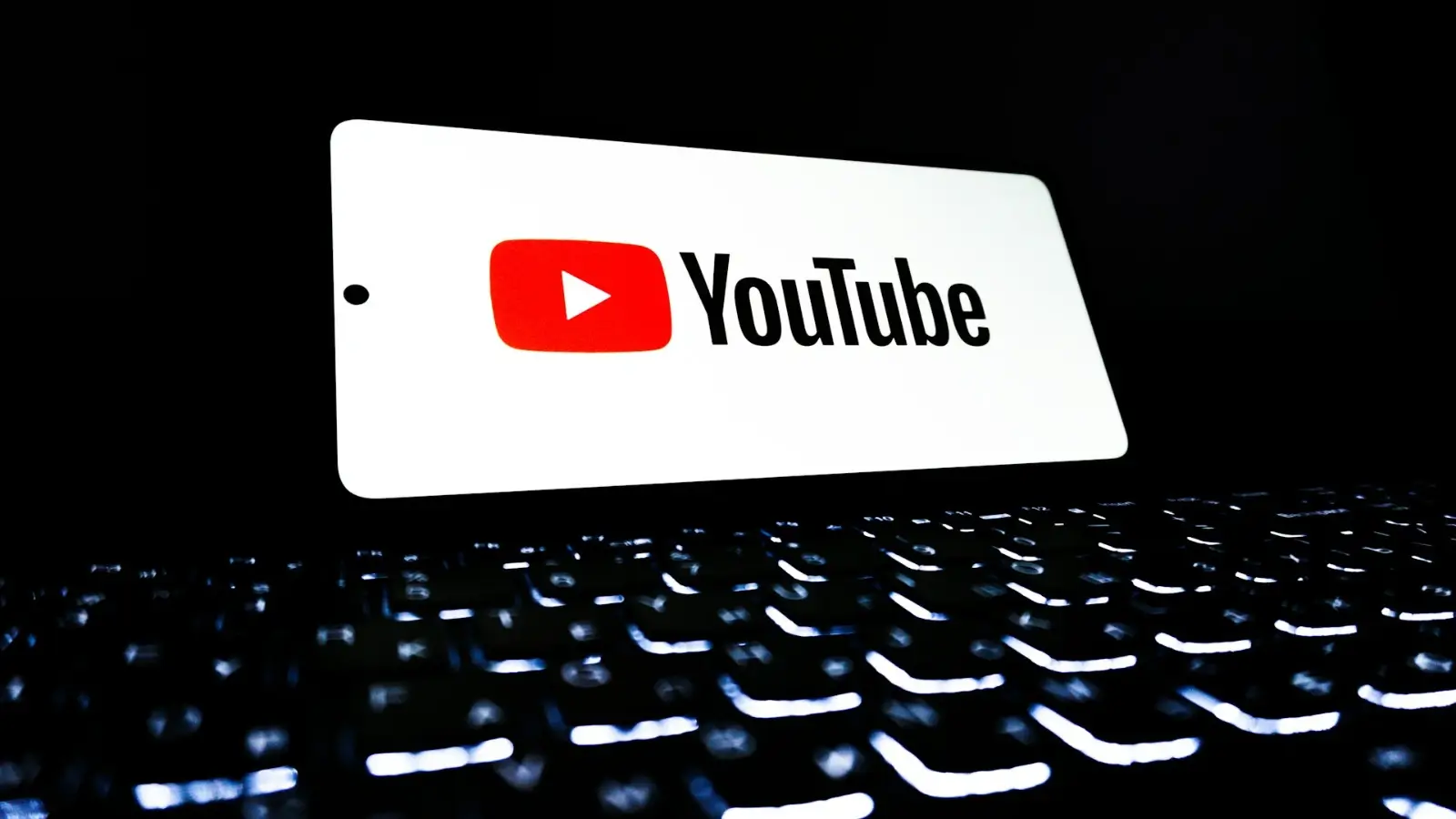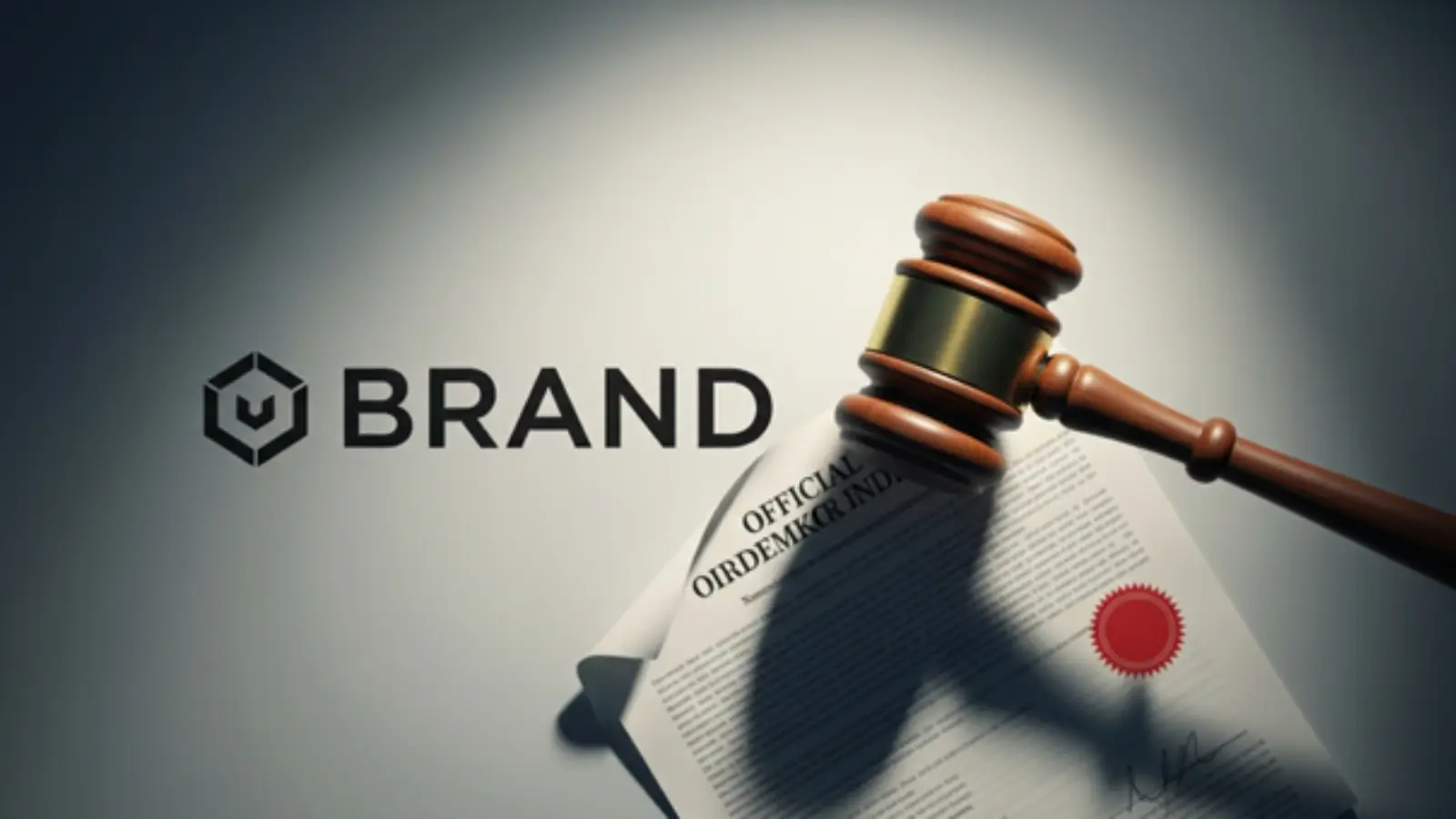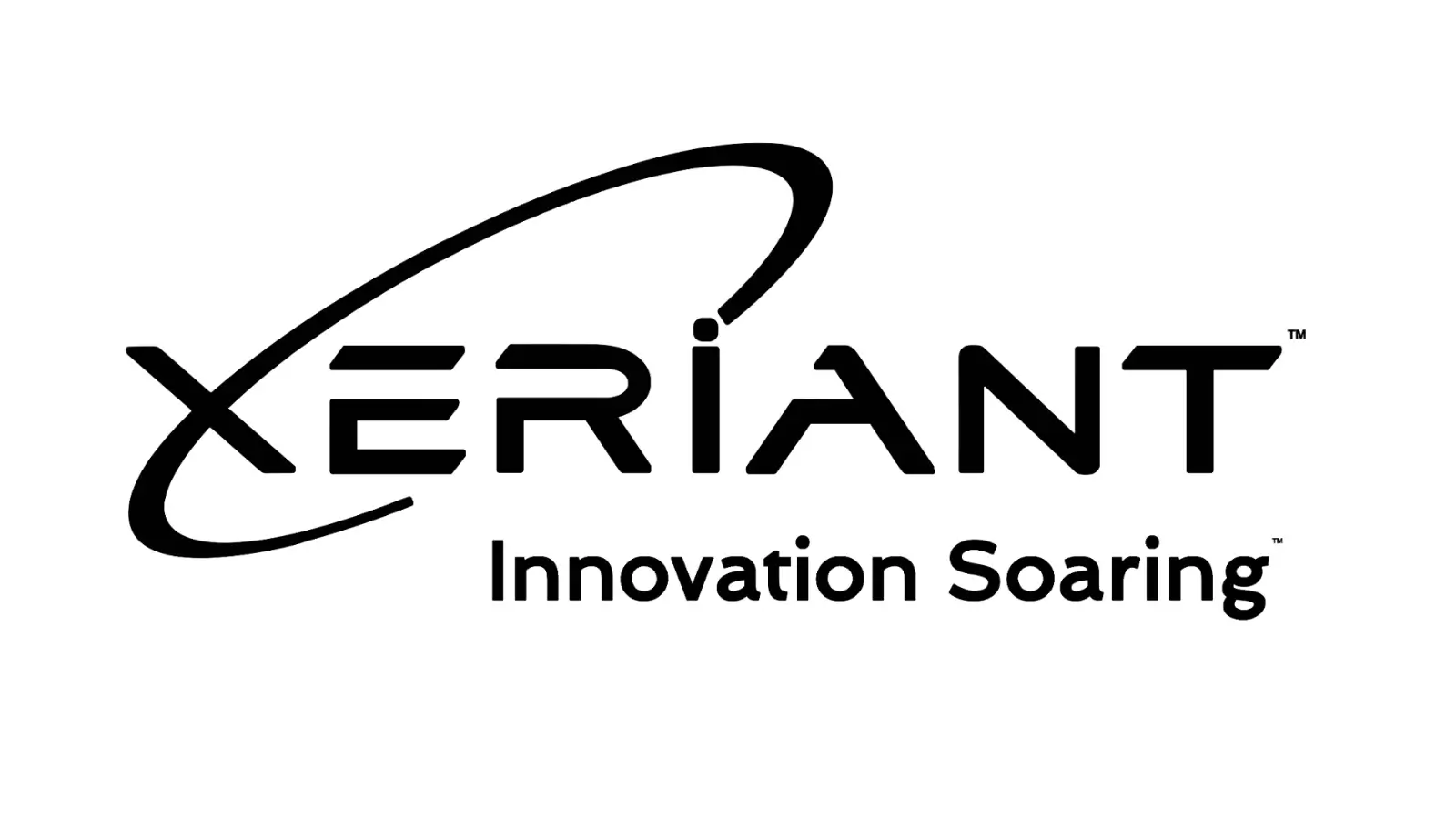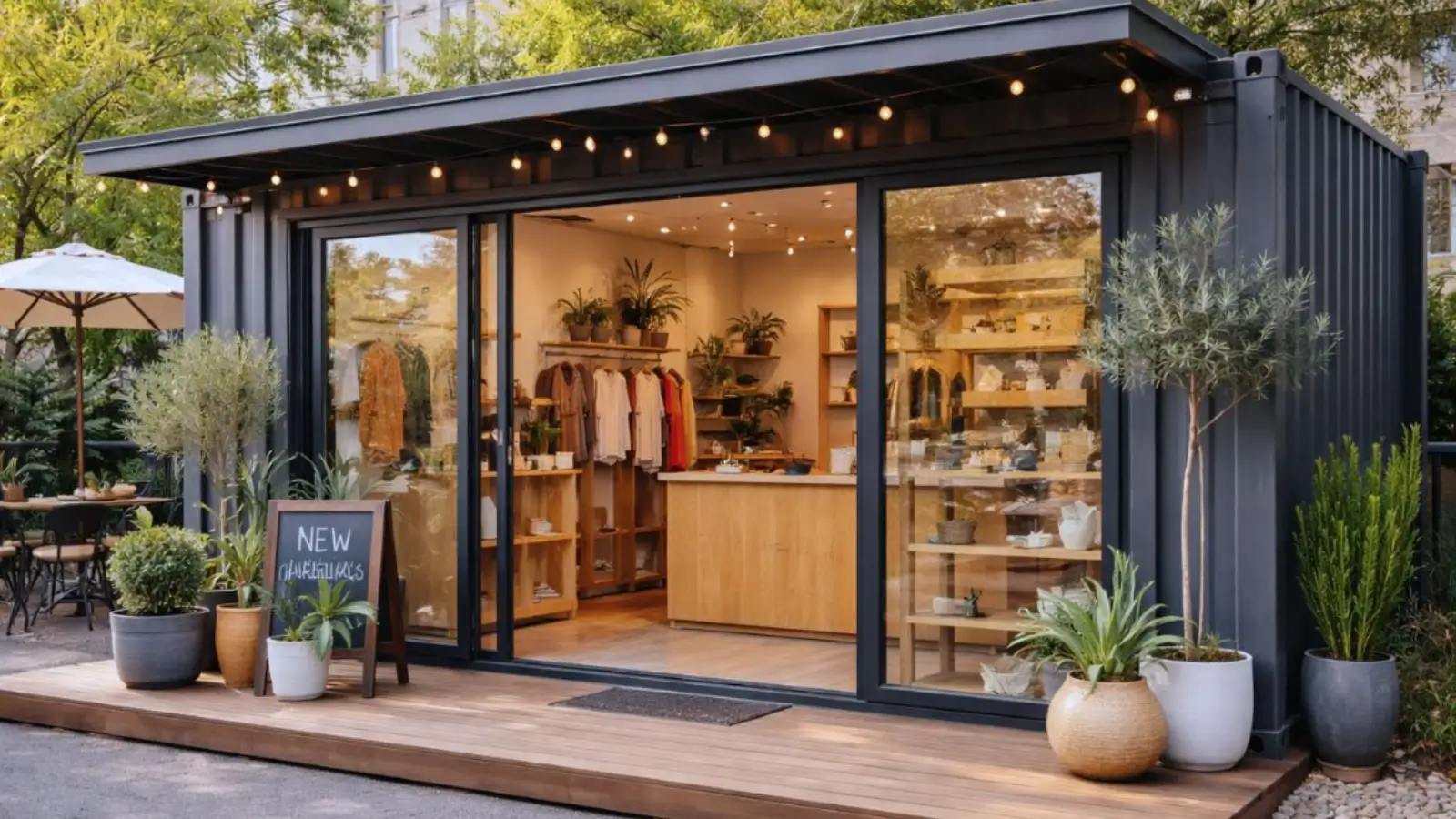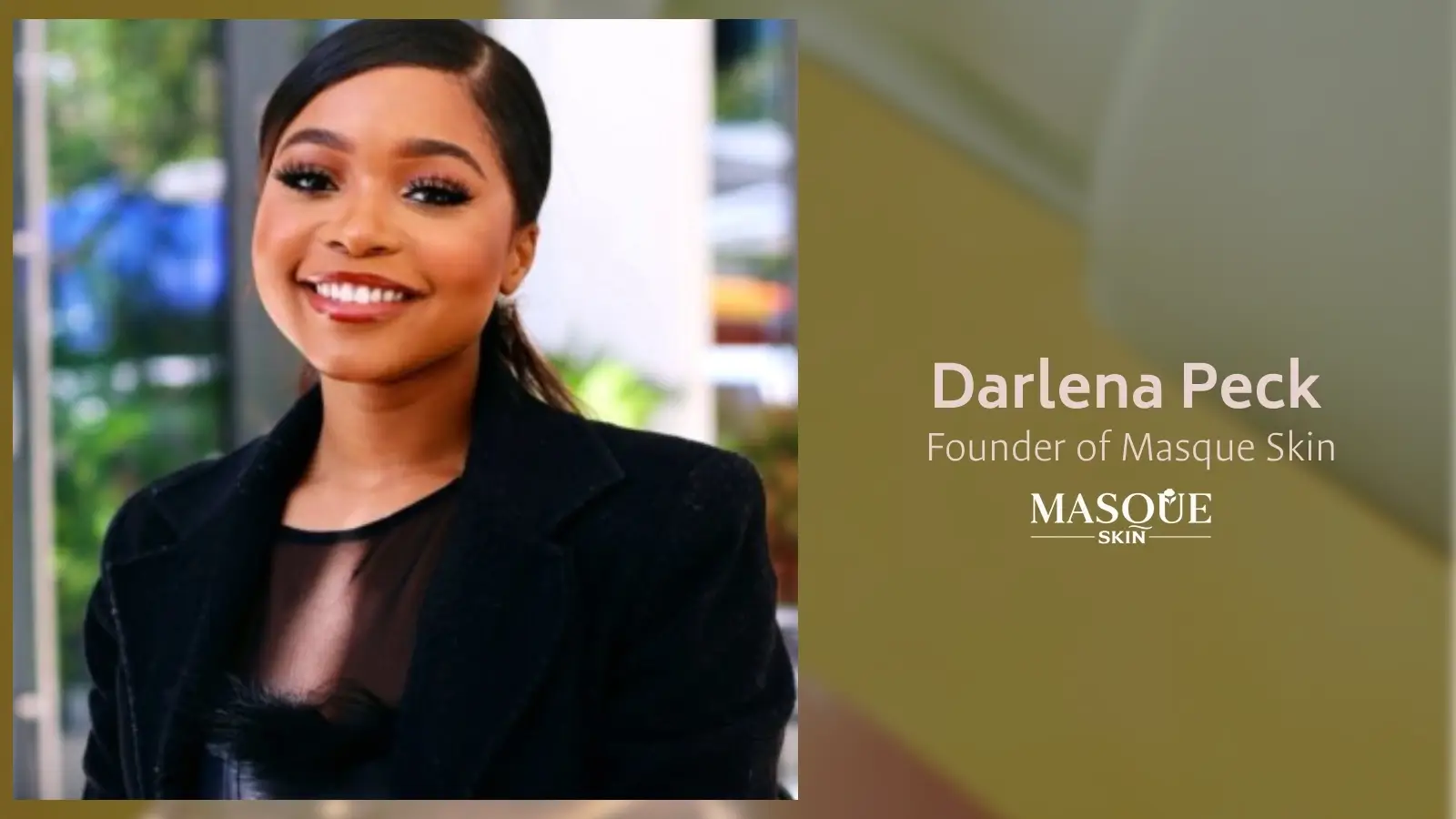Building Purpose Into Your Prototype
The mission is simple: connect YouTube creators and potential sponsors through a website that stands out, inspires trust, and drives action. But an effective prototype isn't just about attractive visuals. It’s about ensuring brand alignment, refining messaging priorities, and fleshing out what truly converts visitors into decision-makers. Early mockups allow everyone involved—designers, creators, sponsors—to synchronize expectations from the start.
So here’s the promise, laid out clearly. Clear, practical insights. No jargon. No vague summaries. You’re here to leave with a better understanding of how to approach sponsorship design in real-world situations, not a lingering sense of half-explored ideas.
What Makes a Sponsorship Page Work?
A sponsorship page isn’t a catch-all. Every section should either convince or fulfill a specific purpose. The opening “hero” section? This is where first impressions are created, using eye-catching images and brief, persuasive headlines.
Creators often showcase metrics here—average views, engagement rates, or monthly impressions. For example, a creator with consistent viewership might feature a tagline like “5M Engaged Monthly Views.” Precision sells. Don’t overinflate numbers; sponsors value real-world transparency.
Then comes trust. Highlight past partnerships or testimonials. Include logos of recognizable brands that have collaborated with the creator before, if available. And finally, anchor every section with one golden rule: the call-to-action must be clear, persuasive, and undeniably visible.
Consistency matters just as much. Section to section, make sure the tone, colors, and messaging all align seamlessly. Pages that feel disconnected create doubt. And doubt doesn’t convert.
Designing for Clear Priority: Visual Hierarchy
Visual hierarchy isn’t about making something “pop.” It’s about guiding the eye, step by step. Bolder typography for headlines, refined supporting fonts for subtext, and accents of color that draw attention where it’s needed most. These small decisions aren’t decoration. They’re persuasion.
Here’s a simple path to follow. Make the primary call-to-action unmissable. A download button, a contact form, or whatever you choose—it should demand focus. Keep supporting visuals relevant. A graph showcasing ad performance works; an unrelated stock photo doesn’t. And never underestimate the power of white space. Cluttered layouts overwhelm; empty space calms and directs attention.
When in doubt, use a grid system. It ensures every element sits in its proper place, aligned with purpose. This keeps the design from feeling chaotic or random—a common mistake.
Why Mobile Design Isn’t Optional
Sponsors aren’t browsing on desktops alone. More than half the inquiries will come from mobile devices. If your design isn’t optimized for this reality, you’re already behind.
Prioritize mobile-first patterns. Large navigation menus? Collapse them into simple toggles. Linear scrolling is your friend; force users through complex grids, and watch your bounce rate rise. Forms should fit tightly within narrow widths. No sprawling inputs that feel awkward on a smartphone.
A quick trick: run validations often. Browser dev tools let you preview layouts efficiently. If you want a broader perspective, try a device testing lab. Even a simple comparison of screenshots across devices can uncover missteps at an early stage.
Refining Sponsor Pathways Without Friction
The ultimate goal here is fluidity. Sponsors should move from curiosity to conversion without hesitating or feeling lost. Clear signposts are your ally. Map the journey step by step: landing the page → exploring creator details → finding the pitch → completing the form → arriving at the thank-you screen.
And friction? Cut it to the bone. Don’t overcomplicate forms with unnecessary fields. Labels for links should be action-driven and intuitive. Every moment of confusion is a reason for someone to leave, and leaving doesn’t help either party.
For testing, lean on user feedback or click-heat mapping tools. Prototype insights don’t need to come after development; gather them early and often.
The Mockup: From Concepts to Structure
Picture a polished prototype. It begins with a glowing entry. The hero section grabs attention immediately, the tagline striking and numbers in sharp focus. Scrolling down, sponsor benefits take center stage. What’s in it for them? Why this specific creator could elevate their brand?
Trust signals follow immediately after: a carousel of past collaborations or simple logos that speak volumes. Then comes the hard data—graphs, charts, or a few performance stats displayed concisely. The call-to-action wraps the page, urging sponsors to act now and not overthink the decision.
This isn’t theory; it’s practicality spun into a sleek draft. You can explore a detailed, real-world version by checking out a youtube sponsorship website mockup at the linked source. It exemplifies the balance between detail and flow, aesthetics and conversion.
These mockups bridge the gap between creators and sponsors with purpose—and style.
Turning Ideas Into Actionable Partnerships
Mockups are living documents. They’re improved through testing—not once, but over time. Headlines can shift. CTA buttons move left, right, larger, smaller. Form fields can reduce or expand. Every adjustment brings you closer to that ideal conversion sweet spot.
And collaboration is the final key. Designers, marketers, and creators should dissect these mockups together. What works visually might not align with the creator’s tone or the sponsor’s expectations. Review everything before anyone starts coding. Simple as that.
Ready to get moving? Grab a free prototyping template and start building toward stronger sponsorship relationships. This is where conversations turn into partnerships, and plans turn into results.

